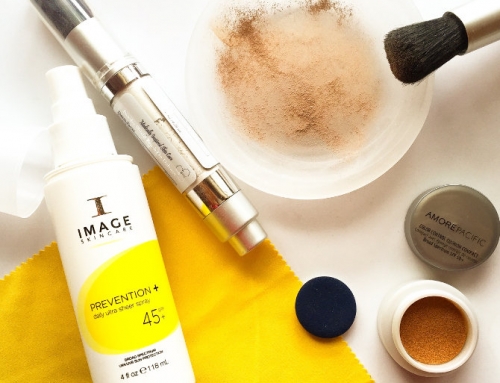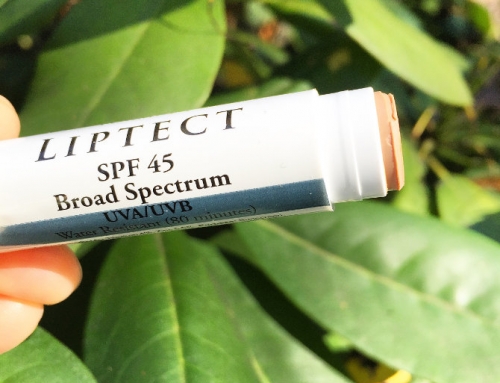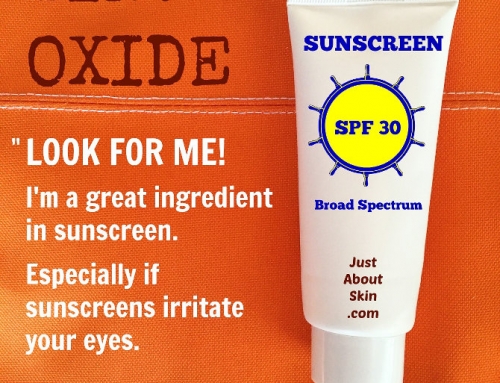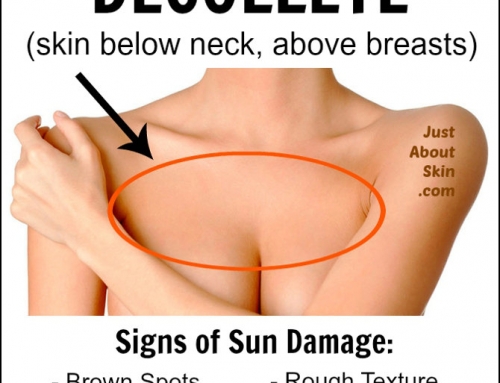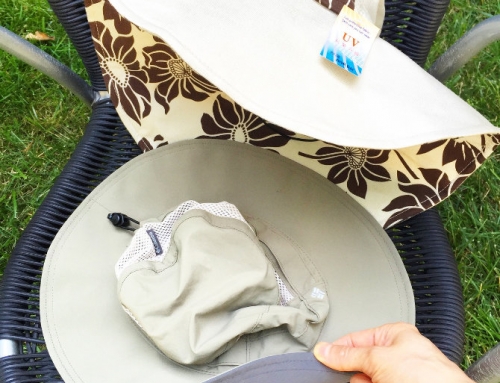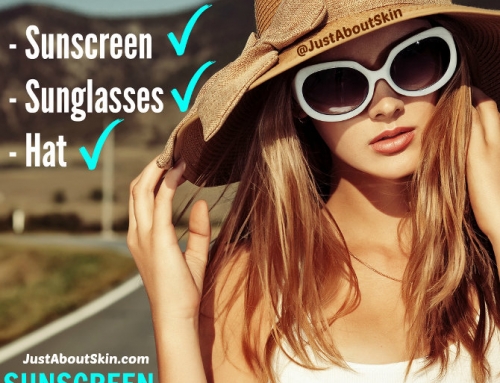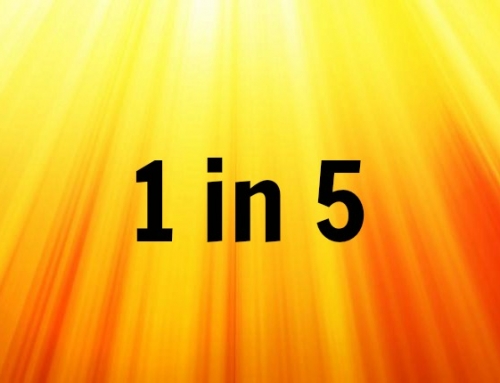Yesterday a friend asked me a good question after she saw my sunscreen recs on Instagram. What about sun protection for baby? What kind of sunscreen should she use on hers?
She has an 18-month old boy who is very fair (white blond hair and blue eyes) and currently uses California Baby, which was recommended by her pediatrician. But she finds it very thick and would rather use something with a finer texture.
I immediately warned her about something you ought to know too. The size of mineral particles used in sunscreens.
Zinc Oxide and Titanium Dioxide Are Good for Baby
By now you probably know that I strongly prefer Zinc Oxide as the active ingredient in a sunscreen. Zinc Oxide is a mineral ingredient that is highly protective. Of all the sunscreen active ingredients approved for use in the U.S., it offers the most protection against UVA damage.
It is also great for babies and sensitive skin because it rests on the surface of skin. Since it is not absorbed, it does not react with skin. And therefore, it is not sensitizing like many chemical filters.
Zinc Oxide is also a good anti-irritant that soothes skin.
The only drawback is that Zinc Oxide (and another mineral ingredient, Titanium Dioxide) are quite thick and white on skin, casting a white tint that most people find undesirable.
However, these mineral particles can be micronized (broken into smaller particle sizes), which reduces the white tint. The smallest of these sizes are nano particles (10-100 nanometers). More and more sunscreens are made of nano particles, in order to eliminate the white tint altogether.
Nano Particles of Zinc Oxide and Titanium Dioxide
Nano particles in skin care have been used in skin care for 20 years and extensively tested. But they are controversial. At that size, they can be absorbed into the bloodstream.
Although the FDA concluded in 2011 that nano particles of Zinc Oxide and Titanium Dioxide are safe, the beauty industry has mixed opinions. And most consumers are rightly confused and wary. Resolution to this question will take a long time. (The FDA has no immediate plans to re-visit it.)
Sun Protection for Baby – What Kind of Sunscreen Should You Use?
For your baby, my recommendation is you play it safe. Avoid nano mineral particles in case the safety conclusions are reversed later.
Use a sunscreen formulated for baby, not an adult one (which may be nano). The label will have the word ‘baby’ on it.
Most baby sunscreens use physical filters – Zinc Oxide and/or Titanium Dioxide. Not Avobenzone, a chemical filter.
It’s important you know this difference (physical vs chemical sunscreens) because the overwhelming majority of sunscreens on the market are chemical sunscreens.
The texture will likely be thick if the percent concentration is greater than 10%. But consider it a good tradeoff. Although it may not be nice to handle, a thick texture is more protective and safer.
[Note: Physical sunscreens can be tough to get off, which is what makes them great for protection in water. To remove it thoroughly when you’re bathing your baby later, you’ll need an oil-based product. The Double Cleanse article will help you understand the concept of oil-based cleansing.]
Another reason to use a ‘baby’ sunscreen – baby skin care is formulated to be more gentle than adult skin care. I’d also recommend you use an organic brand.
Follow your pediatrician’s guidance on WHEN you should start applying sunscreen (e.g. 6 months after birth) and WHERE on your baby’s body. Some physicians recommend only certain areas.
How Do You Know If Something is Nano?
Most sunscreens with nano particles do NOT state so on the packaging. However, some ‘natural’ brands will make a point of saying that a product is NOT in nano form.
If a Zinc Oxide or Titanium Dioxide sunscreen is thick and white, it is NOT in nano form.
If it absorbs into skin right away and leaves no tint or residue, there’s some chance it is in nano form (though not necessarily).
Common Sense Sun Protection Tips
Put a wide brim hat on your baby. Keep it shaded during peak UV hours (10 am – 3 pm). In a shady area or under an umbrella. Be aware that up to 80% of sunlight reflects from pavement, sand, and snow.
See: Sun Protection Tips and Tips & Accessories for Intense Sun
Further Reading
Have you checked out my Sun Protection Guide? It’s pretty comprehensive. To me, it’s the most important area on the site. When I started this blog, that was the first thing I wrote. Proper sun protection is the single best thing you can do for your skin.


